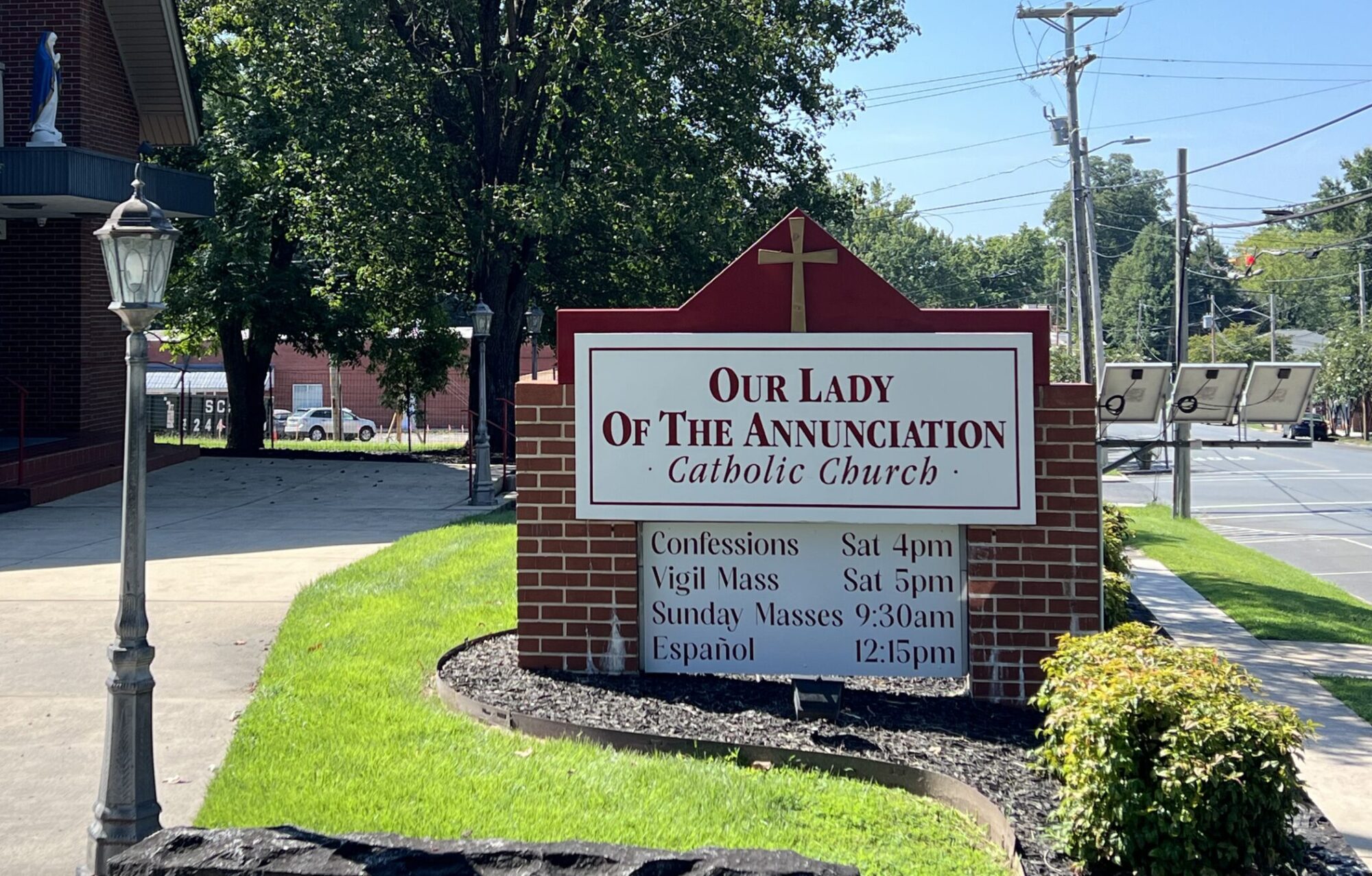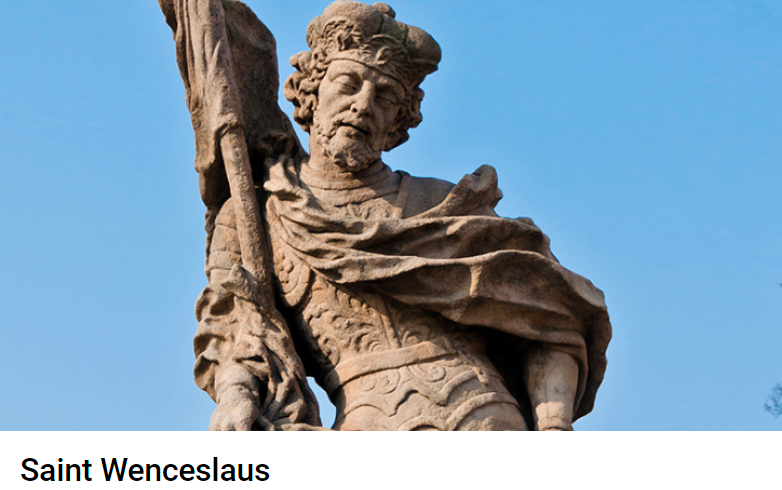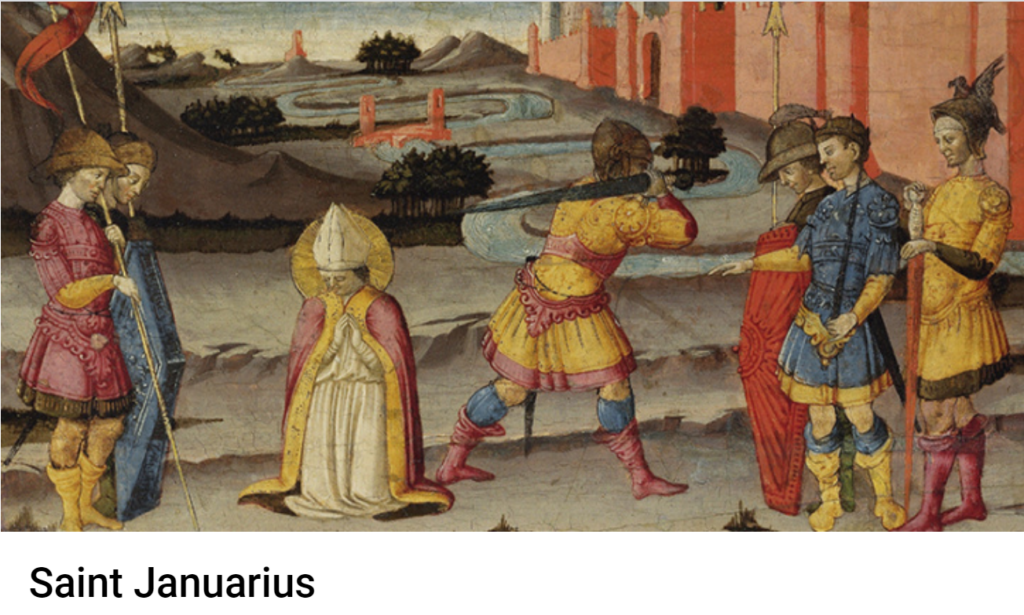
St. Edmund Campion (1540–1581) was born in London, England, the son of a bookseller. He was a promising student and went on to become an esteemed and celebrated Oxford scholar, winning the high regard of Queen Elizabeth who admired his wit and pleasant disposition. Although raised Catholic, he was ordained an Anglican deacon. Unsettled by his move away from the Church, he repented and returned to the Catholic faith. While in disguise to protect his safety following his reversion, he witnessed the martyrdom of a fellow scholar and recognized his vocation. He went to Rome and became a Jesuit priest, and while assigned to minister in Moravia he received a vision of the Blessed Virgin Mary who foretold his martyrdom. He later returned to England as an undercover priest during the severe persecution of Catholics upon the Pope’s excommunication of Queen Elizabeth. His mission was to strengthen Catholics wavering under government pressure and win converts among the Protestants. St. Edmund was eventually hunted down, imprisoned in the Tower of London, and tortured. After being found guilty of treason, he said, “In condemning us, you condemn all your own ancestors, all our ancient bishops and kings, all that was once the glory of England — the island of saints, and the most devoted child of the See of Peter.” After spending his last days in prayer, he was dragged with two fellow priests to be hanged, drawn, and quartered on December 1st, 1581 at 41 years of age. His feast day is December 1st.
//Catholic Company//








